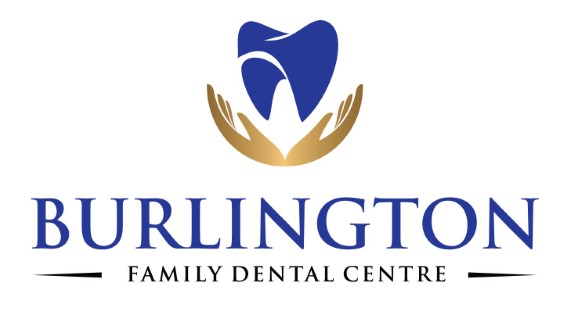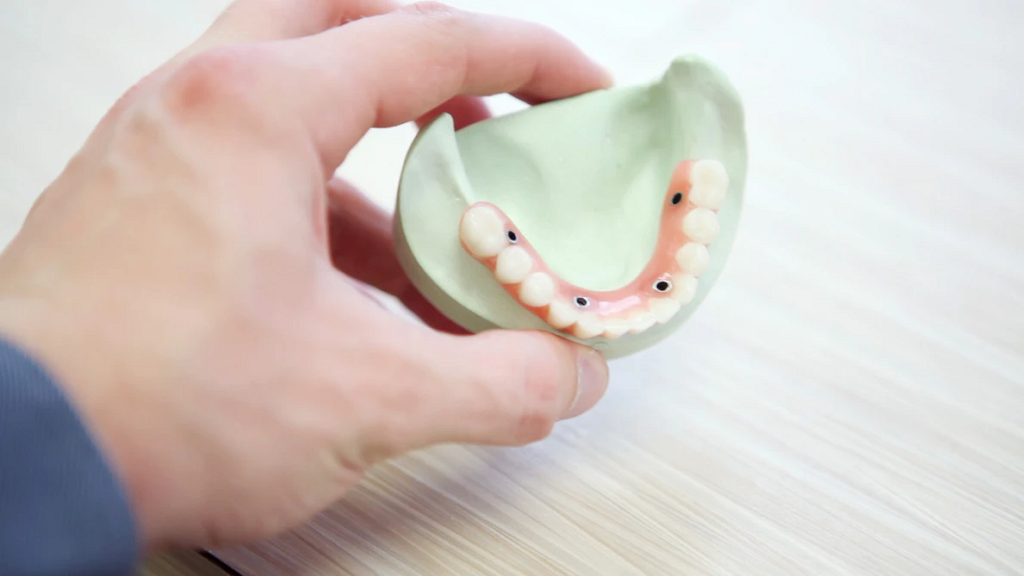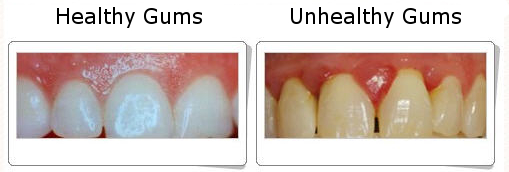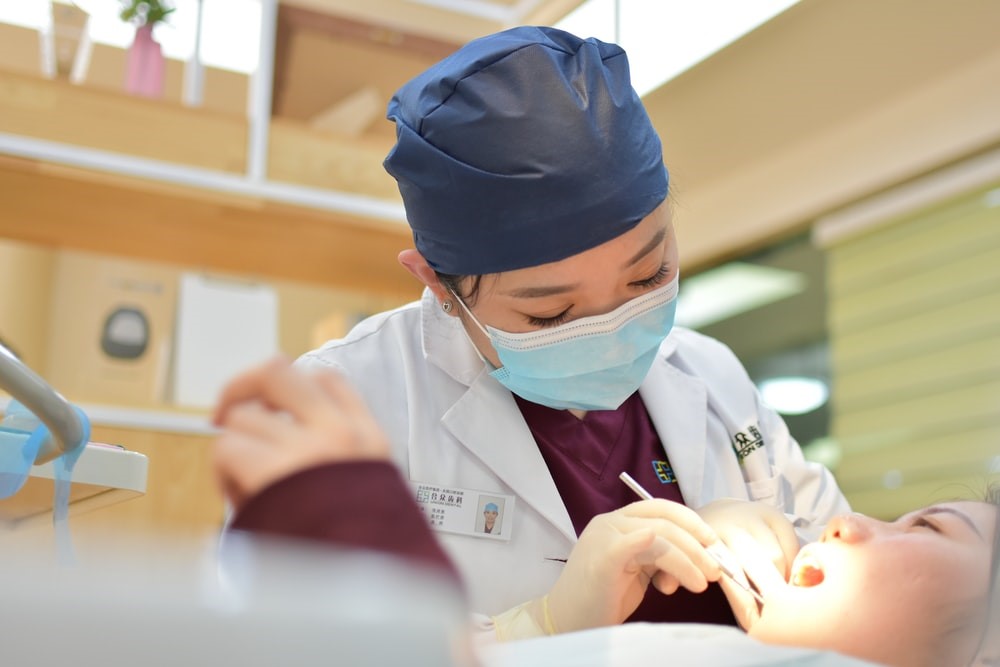Just like you need a strong support system in your life, your teeth need a healthy support system (Gums) as well.
Whenever we think about our oral health, teeth whitening and preventing cavities come to our minds instantly. There is no doubt that brushing teeth is crucial, but unfortunately, we tend to ignore our gum health. You need to put extra effort if you want healthy gums[1].
Indeed, gums not only play a huge part in your oral health but help maintain your overall wellbeing. Gum disease can occur often, but since it is not so painful in the initial stages, it can easily remain hidden for some time. Also, people usually fear going to the dentis, putting it off for years, even when their situation isn’t so bad.
Gum bleeding, pain, sore gums and swollen gums are common signs of gum disease.
In this comprehensive article guide, we’ll analyze the causes and effects of unhealthy gums and how to get healthy gums. So, if you are thinking about going to the dentist or not and how to achieve healthy teeth and gums, keep reading!
What is a Gum Disease?
Gum[2] disease[3] or Pyorrhea, known as a gum line inflammation, may damage the surrounding bone gums and teeth if they are allowed to spread further, resulting in tooth loss in complicated cases. In this inflammatory condition, the surrounding teeth and tissues supporting the teeth (periodontium) are affected. If the situation is left untreated, the patient can start to lose jaw bone and eventually teeth. The most affected people by the gum disease are in their 30s or 40s as they can develop its milder version Gingivitis.
Note: Here, you need to know that there are three versions of the Gums disease, and in this article, you will get to know how they are different from each other.
Types of Gum Diseases
There are three stages a person may bear if he/she is suffering from gum disease.
1. Gingivitis
The first and milder stage can be identified by the easily bleeding, red, and swollen gums[4]. However, it can be treated by the proper brushing and, in some cases, dental cleanings by the dentists.
2. Periodontists
Periodontists is basically untreated Gingivitis, identified by the swollen, red, and retreating gums, daily bleeding while flossing, brushing, and eating. Sometimes, this condition results in blood spotted spit. The formation of pockets begins at this stage, making it unbearable and demands professional treatment.
3. Advanced Periodontitis
In this stage, the gum recedes even further when bleeding starts without provocation, along with the lost bone and tissues, ultimately leading to tooth lotto temporarily coping with gum disease’s harsh pain in the last stage, Periodontitis.
What are the Symptoms of Gum Diseases?
Gum diseases in the initial stages progress painlessly and produce some obvious signs in the last stage of diseases. Although the symptoms often are subtle, the condition is not complete without the warning signs. However, normal healthy gums are pale pink, firm, and usually fit around teeth.
The symptoms[5] of Gum diseases are:
- Dusky and bright red or purplish gums
- Gums that bleed easily
- Swollen/ Puffy gums
- Gums that feel tender upon touching
- When flossing or brushing the blood spit out
- Bad breath
- Pus between your gums and teeth
- Loose teeth
- Pain when you chew anything
- A toothbrush is pink-tinged after the brushing
- Development of spaces between the teeth
- Gums starting pulling away from your teeth result in longer-looking teeth than usual.
Causes of Gum Disease
The prime cause [6]of gum disease is a plaque in most cases. But, like any other disease, there are other infection causes as well. Here are some of the main causes behind gum disease:
· Chewing Tobacco and Smoking
Tobacco consumption isn’t good in any way. You just need to quit this habit to prevent several oral health issues, including the infection of gums. On the other hand, smoking triggers the normal healthy gums making your mouth prone to more infections like gum disease.
· Plaque Development
As mentioned above, one of the primary causes of gum infection is plaque. A thick layer of bacteria builds up on the teeth and gums regularly, and fortunately, if treated at first, it can be removed by flossing, rinsing, and brushing daily. Also, if you schedule regular dental checkups and improve the dental care routine at least every six months, you will be able to reduce the plaque.
· Medications’ Side Effects
Many medications have adverse effects that result in the reduction of saliva, which could leave you with a dry mouth and let the bacteria spread more easily. If you face gum disease and take any medications, it’s advisable to discuss your prescription with the doctor.
· Family History
Gum diseases also happen if you have a history of such diseases in the family. In such a case, consult with your dentist, as it may put you at less risk for bacterial infection.
· Crooked Teeth
It’s very normal for the teeth to overlap, rotate or get crooked. But crooked teeth may lead to misalignments. The misalignment of teeth can harm your teeth and gums by building up plaque. You just need to take some care by flossing and brushing the misaligned tooth to avoid gum infection.
· Nutrition Deficiency
Getting all the vital nutrients is tough in today’s time, but not getting enough Vitamin C could be harmful to your gums. If your gum disease is because of carbohydrates and sugar, vitamin C could be the savior for your gum problems. To avoid gum issues, make sure you are getting a balanced diet rich in Vitamin C and drinking plenty of water.
Healthy Vs Unhealthy Gums
Most people are not conscious if their gums are healthy or not because the initial stages of the gum infection are milder and can be easily ignored. Most of the time, people don’t even notice that they have gum issues that eventually leave the gums unhealthy for a longer time, leading to the issue becoming worse. What do healthy gums look like? Here are some of the ways you can differentiate between healthy and unhealthy gums:
Healthy Gums
- They don’t easily bleed
- Pink and firm
- It fits accurately around the teeth
- They are not swollen or tender
Unhealthy Gums
- When you touch the gums, you feel pain
- Swollen and Bright red
- They bleed easily when you brush
- They look pale and white
- Gums receding
What are the Treatments for Gum Disease?
Gum disease has different stages, and the dentist uses different methods to treat[7] the disease at every stage.
- The early stage is called Gingivitis.
- The second stage is called Periodontitis.
- In its last stage, when you start losing teeth, it is severe Periodontitis.
In Its Early Stage
After the diagnosis of gum disease, the treatment methods of the disease depend on the severity and type of gum disease. Dentists can diagnose the disease in its early stages (Gingivitis) and tell you how to improve and take care of your gums. In its early stage, gum disease doesn’t affect and damage the gums under your teeth. Therefore, no immediate action is needed; the only improvement in daily oral hygiene and professional dental cleaning is required.
Progressive Periodontitis
Sometimes even after following the measures to ensure good oral hygiene, the disease spreads and becomes more severe, and reaches the Periodontitis stage. This time around, Periodontal disease requires proper treatment. The first step towards its cleaning includes special dental cleaning called scaling and root planing.
If a patient hasn’t been to the dental office in a long time or the patient a lot of tarter build up and gum disease, the dentist will recommend a soft tissue management program
This treatment takes around several visits, depending on the severity of the disease. Your dentist carefully takes out the tartar and plaque around your teeth and down towards each Periodontal pocket. After cleaning, the surfaces of your teeth roots are planed and smoothed in order for your tissues to heal and reattach. This treatment is known as “Deep Cleaning” or “Periodontal Cleaning.”
To control the infection and help in the healing process of the tissues and bones around your teeth, your dentist might recommend some medication that includes pills, mouthwash, or some substance that the dentist puts in your Periodontal pockets after the deep cleaning process.
After the scaling and root planing, your dentist will make another appointment within a few weeks. At the appointment, your teeth, gums, and the surrounding area of your teeth will be assessed to evaluate if the gums are healing, and your Periodontal pockets will be measured.
Severe Cases of Periodontitis
If the disease continues to grow, more treatment will be required. Periodontitis does not heal on its own. If the disease is left untreated, surgery is required to prevent the disease from growing and saving the non-affected teeth.
To ensure your smile remains healthy, treating Periodontitis in its early stages is the best way to go.
Home Remedies for Gum Disease
In order to avoid gum disease from taking place, some of the changes [8]in your oral hygiene that you can take care of include:
General Advice
- Use a fluoride-based toothpaste and brush your teeth twice a day regularly
- Use floss and daily clean in-between your teeth
- Limit your intake of snacks and sugary beverages
- Eat healthy foods containing omega-3 fatty acids and antioxidants that are good for your oral hygiene
- Visit a dentist regularly (every 6 months) to prevent all kinds of gum diseases
- Patients with an increased risk of contracting gum disease should consider toothpaste and mouthwashes containing fluoride and antimicrobial properties
- Use an interdental cleaning tool to clean between their teeth if they face difficulty
- To effectively remove plaque from your teeth, consider using a power toothbrush.
Should you Brush your Gums?
Excessive brushing is not a good technique as it can harm your gums. If you brush your gums, you are more likely to wear away the surface of your tooth and gums. Receding gums is one of the signs of excessive scrubbing and brushing your gums. However, the right way to brush your gums is to tip your toothbrush at a 45° angle and apply pressure gently so that it blanches right under your gums. Make sure your brush doesn’t travel across your gums.
What should you change in your Lifestyle?
To prevent Periodontitis, people should:
- Avoid DIY dentistry and oral treatments; visit a dentist regularly to ensure the best oral health.
- Use fluoridated water for drinking and as your mouthwash, and use a fluoridated toothpaste.
- Consider terminating the use of tobacco and smoking
- Dentists recommend avoiding oral piercings to ensure the best oral health
Using these bits of advice, you’ll always have a bright smile on your face and never get bothered by oral health problems.
When to see the Dentist?
These are the warning [9]signs [10] of gum disease, and if you notice any of them, you should visit your dentist immediately:
- Gums bleeding while brushing your teeth or flossing
- Gums become red, swollen, and tender
- You have a problem of constant bad breath
- Gums start to recede from your teeth
- Painful pus starts accumulating between your gums and teeth
- Your teeth start to loosen or separate
- The fit of your partial denture changes
- Your mouth changes the way it fits together when you bite and chew your food.
If you observe any of these symptoms in your mouth, visit your local dentist immediately. If the disease is identified at its early stage, then removing it and restoring your oral health is easy. Your dentist would perform a professional cleaning and give you instructions on how to improve gum health and your daily oral hygiene. If the condition is worse, your dentist will recommend you to a periodontist. They will take the right measure to ensure that your oral health is restored.
Final Verdict
In a nutshell, for normal teeth, you need healthy gums to support them. This happens most of the time that people cannot identify the gum disease in the first stage, which, if not treated properly, may lead to the stronger version of gum disease.
The initial/milder stage can be treated through proper brushing and flossing; however, the further stages require the immediate assistance of the dentist. Also, there are topical treatments that are available in the market you can use at home. However, it’s recommended to consult with the dentist as soon as possible. In the meantime, you can use the home remedies mentioned above to temporarily cope with gum disease’s harsh pain.
References:
Feature image taken from freepic
[1] https://www.cda-adc.ca/en/oral_health/faqs/gum_diseases_faqs.asp
[2] https://jada.ada.org/article/S0002-8177(14)63470-X/pdf
[3] https://jada.ada.org/article/S0002-8177(14)63470-X/pdf
[4] https://www.mouthhealthy.org/en/az-topics/g/gingivitis
[5] https://www.ldhc.ca/procedures/periodontal-disease/signs-symptoms-of-periodontal-disease/
[6] https://www.cda.org/Portals/0/pdfs/fact_sheets/gum_disease_english.pdf
[7] http://www.ada.org/en/~/media/ADA/Publications/Files/ADA_PatientSmart_Perio_Disease
[8] https://www.ada.org/~/media/ADA/Science%20and%20Research/Files/HomeOralCare_Web_Final_July2018.pdf?la=en
[9] https://www.ada.org/~/media/ADA/Publications/Files/for_the_dental_patient_jan_2011.pdf
[10] https://www.ada.org/~/media/ADA/Publications/Files/for_the_dental_patient_jan_2011.pdf






Trackbacks/Pingbacks